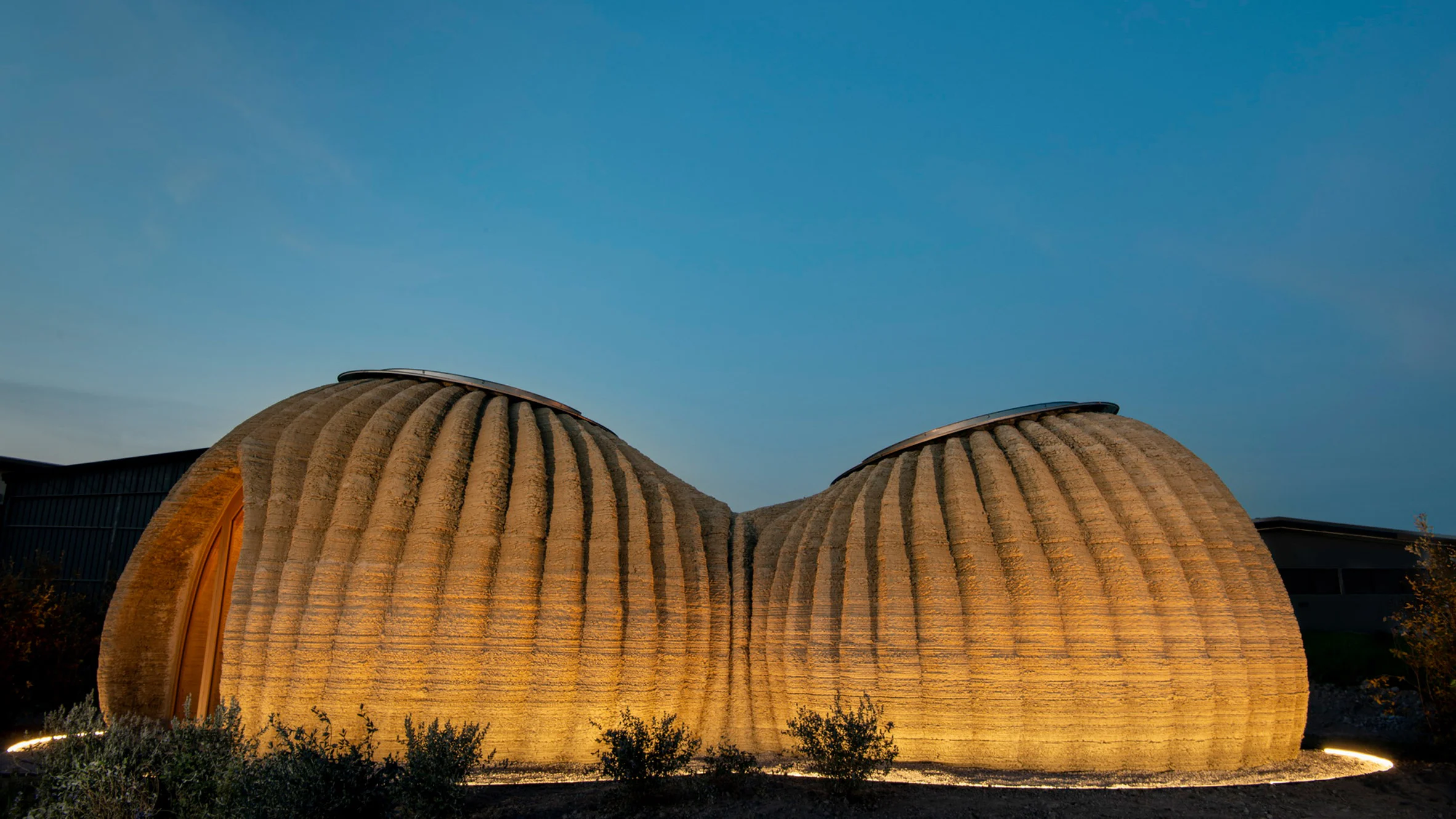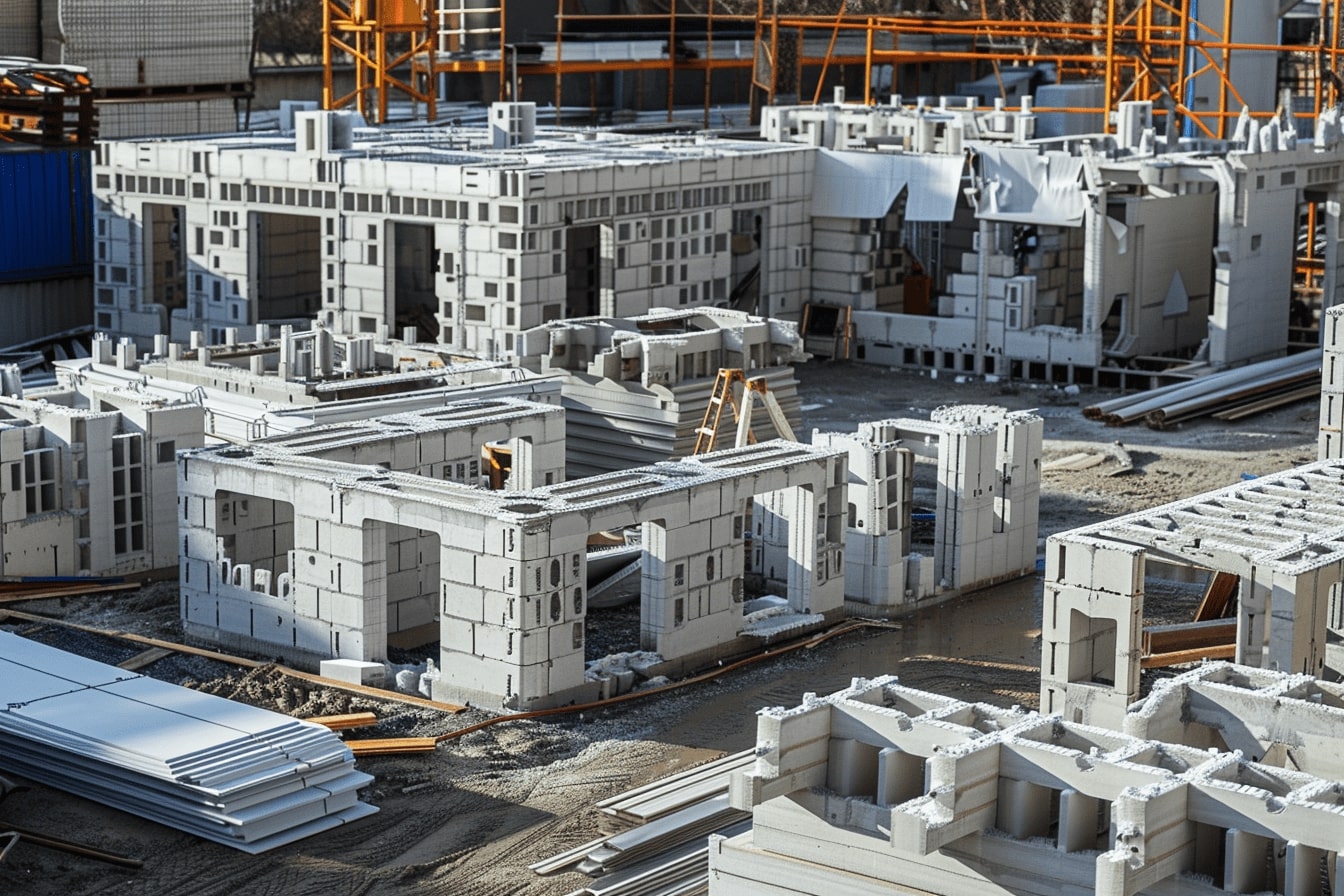- Home
- Articles
- Architectural Portfolio
- Architectral Presentation
- Inspirational Stories
- Architecture News
- Visualization
- BIM Industry
- Facade Design
- Parametric Design
- Career
- Landscape Architecture
- Construction
- Artificial Intelligence
- Sketching
- Design Softwares
- Diagrams
- Writing
- Architectural Tips
- Sustainability
- Courses
- Concept
- Technology
- History & Heritage
- Future of Architecture
- Guides & How-To
- Art & Culture
- Projects
- Interior Design
- Competitions
- Jobs
- Store
- Tools
- More
- Home
- Articles
- Architectural Portfolio
- Architectral Presentation
- Inspirational Stories
- Architecture News
- Visualization
- BIM Industry
- Facade Design
- Parametric Design
- Career
- Landscape Architecture
- Construction
- Artificial Intelligence
- Sketching
- Design Softwares
- Diagrams
- Writing
- Architectural Tips
- Sustainability
- Courses
- Concept
- Technology
- History & Heritage
- Future of Architecture
- Guides & How-To
- Art & Culture
- Projects
- Interior Design
- Competitions
- Jobs
- Store
- Tools
- More
The Future of Construction: Exploring the Potential of 3D Printed Buildings

In the rapidly evolving world of construction, 3D printing technology emerges as a beacon of innovation, promising to redefine traditional building practices. As we stand on the brink of a new era, the potential of 3D printed buildings unfolds, offering a glimpse into a future where our homes, offices, and public spaces are crafted layer by layer from a digital blueprint. This article delves into the transformative power of 3D printing in construction, exploring its implications, benefits, and the challenges that lie ahead.

Table of Contents
ToggleA Revolution in Building
At its core, 3D printing, or additive manufacturing, involves the creation of three-dimensional objects from a computer-aided design (CAD) model, typically by successively adding material layer by layer. In the context of construction, this technology is applied on a much larger scale, utilizing specialized printers that can extrude concrete, plastic, and other building materials to construct walls, floors, and even entire buildings.
The advent of 3D printing in construction heralds a revolution, not just in the way structures are built, but in how architects and engineers conceive of design itself. Freed from the constraints of traditional construction methods, they can now explore more complex, organic forms, and innovative designs that were previously difficult or impossible to achieve.

Benefits of 3D Printed Buildings
The potential benefits of 3D printed buildings are manifold, encompassing economic, environmental, and social aspects:
Cost Efficiency
3D printing significantly reduces the cost of construction by minimizing waste and the need for manual labor. Automated printers can work around the clock, speeding up the building process and lowering production costs. This cost efficiency makes housing more affordable and accessible, addressing one of the pressing challenges of our time.
Environmental Sustainability
Sustainability is at the heart of 3D printed buildings. The precision of 3D printing ensures that only the necessary amount of material is used, reducing waste. Moreover, the ability to use recycled materials further diminishes the environmental impact. The technology also opens up new possibilities for energy-efficient designs, contributing to the creation of greener buildings.

Flexibility and Customization
3D printing offers unparalleled flexibility in design, allowing for a high degree of customization. Buildings can be tailored to the specific needs and preferences of their users, with complex designs becoming more feasible and cost-effective. This adaptability extends to disaster relief efforts, where quick, customized construction is often urgently needed.
Challenges and the Road Ahead
Despite its promising potential, the widespread adoption of 3D printing in construction faces several challenges. Regulatory hurdles, material limitations, and the need for standardized building codes are among the primary concerns. Additionally, the industry must overcome skepticism from traditional builders and work towards integrating 3D printing seamlessly into existing construction processes.
As we navigate these challenges, the future of 3D printed buildings looks increasingly bright. Ongoing research and development are expanding the possibilities of what can be printed, with advances in materials and printing technologies. Pilot projects and prototypes around the world continue to demonstrate the viability and advantages of 3D printed construction, paving the way for broader acceptance and implementation.

The potential of 3D printed buildings to transform the construction industry is immense, offering a path towards more sustainable, efficient, and innovative building practices. As technology advances and the challenges are addressed, we may soon see a new landscape of architecture — one where the buildings of the future are printed from the ground up. In embracing 3D printing, the construction industry takes a significant step towards a more sustainable and innovative future, reimagining the way we think about design, construction, and the spaces we inhabit.
Submit your architectural projects
Follow these steps for submission your project. Submission FormLatest Posts
The World’s Tallest 3D-Printed Building Rises in Switzerland
Tor Alva, or The White Tower, in Mulegns, Switzerland, sets a global...
Exploring 3D Printing in Architecture: How It’s Transforming Design and Construction
Discover how 3D printing is revolutionizing architecture by enhancing creativity, efficiency, and...
Step-by-Step Guide to the Digitally Fabricated Homes Architecture Process
Discover how digitally fabricated homes are transforming architecture through advanced technologies like...
The Future of 3D Printed Buildings: Innovations, Benefits, and Challenges
Imagine a world where constructing a house takes just a single day....












Leave a comment